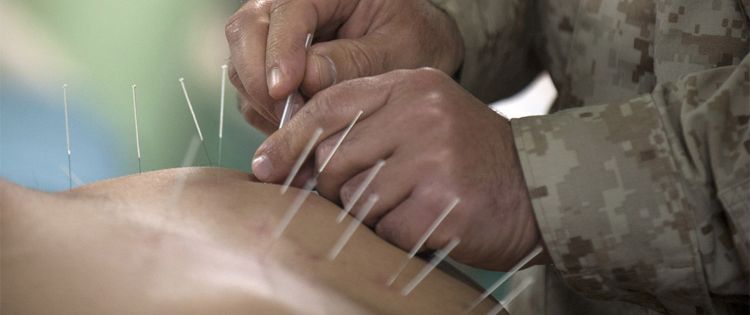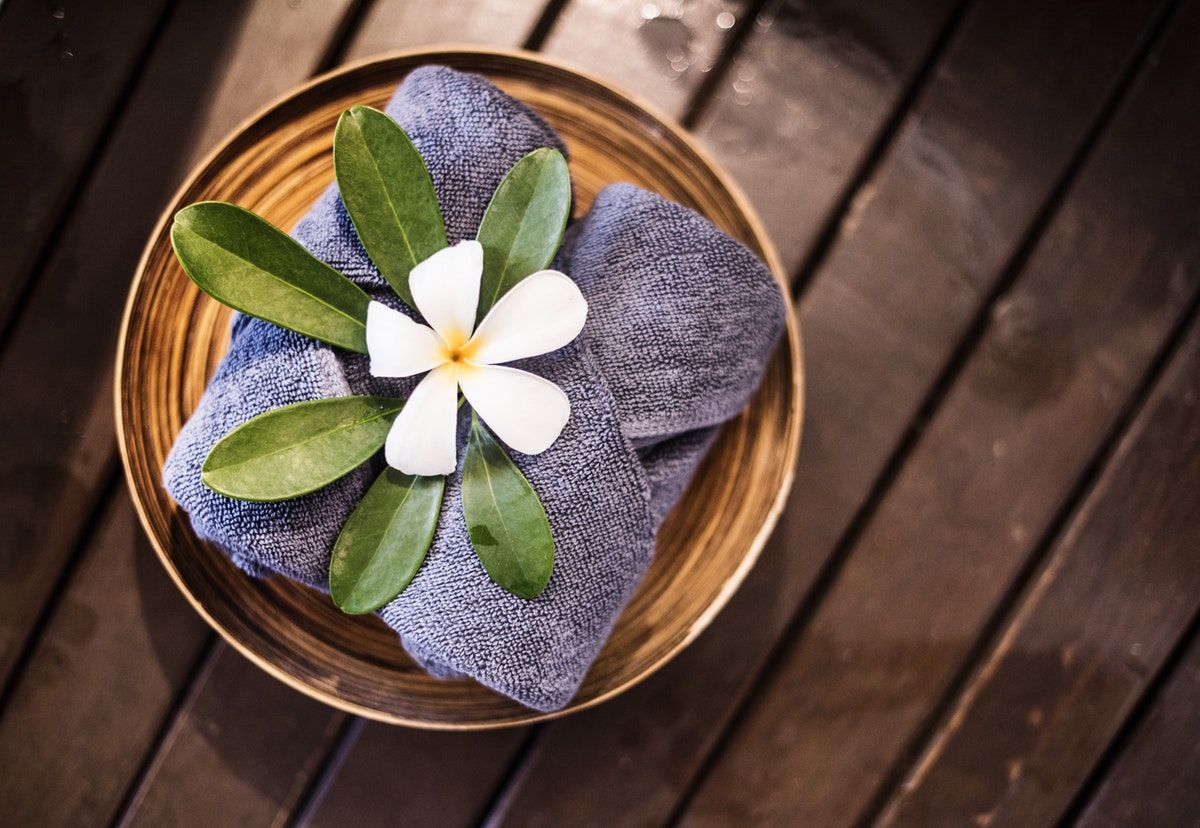Traditional Chinese Medicine (TCM) has a long history of utilizing both cannabis and acupuncture.
TCM encompasses a wide range of practices and is based on traditions that are more than 5,000 years old. These practices include herbal medicine, exercise (tai chi), massage, acupuncture, and dietary therapy.
While many people are familiar with TCM and some of its practices, few are aware of the role cannabis has played in this form of medical practice.
Cannabis & TCM’s Synergy
Cannabis is actually one of the 50 fundamental herbs of TCM!
Luckily, this fount of knowledge is really starting to make headway here in states, allowing patients to optimize their treatment and amplify the effects of both treatments by combining them.
This synergy is only recently beginning to be understood and presents an amazing potential for long-term treatment of many conditions. It turns out that acupuncture stimulates the Endocannabinoid System in much the same ways cannabis does.

What is the Endocannabinoid System?
In case you are unfamiliar with the Endocannabinoid System (ECS), it is a system of receptors in the body which respond to endocannabinoids and regulates numerous body functions from pain sensation and inflammation to immune response and neurological function.
The ECS is the fourth largest regulatory system in our bodies but surprisingly, we did not discover it until the 90s! Dr. Raphael Mechoulam, an Israeli scientist, is responsible for this amazing discovery. He is known as the “father of cannabinoids” and is also responsible for discovering THC.
To learn more about our bodies’ endocannabinoid system, watch the below video with Cannabinoid Clinician Dr John Teh:
The History of Cannabis and TCM
However, long before Mechoulam was making brilliant breakthroughs in cannabis research, the Chinese already understood the benefits of this amazing plant! Even their name for cannabis celebrates the benefits of its use! In Chinese, cannabis is known as “má,” which translates to something equivalent to “help” and “numbness.” Pretty accurate description, if I do say so myself!
The Chinese have been using “má” for thousands of year as a part of medicinal practice. In 2737 B.C., Emperor Shen Nung (aka the Red Emperor) made the very first written mention of cannabis in a book he composed on Traditional Chinese Medicine. In the Nei Ching (aka the Chinese Canon of Medicine), written in 2698 BC, the Yellow Emperor, Huang Ti, wrote extensively on the combined use of acupuncture and cannabis. In fact, the person credited with writing about pain relief from cannabis for the very first time in between 140-208 AD, Hua Tuo, is actually the person credited with inventing acupuncture needles! Yuo used the combination to numb patients during surgery. So, you see, this dynamic duo is nothing new!

Don’t Be Afraid of Acupuncture
When you think about acupuncture, you probably picture someone lying completely still, covered in needles, being treated for any number of ailments for which acupuncture shows promise.
Now I know what you are thinking, multiple needles jabbed into my body- NOPE!
But, what you should know is that these needles aren’t just jabbed into you, rather they are very strategically placed just below the skin’s surface at specific points along the body known as Meridians.
Meridians are thought to be pathways of energy flow within the body. By placing these needles strategically based on a person’s ailments, it is thought that one’s energy is unblocked and able to begin flowing freely again, thus resolving the illness.
Surprisingly, cannabis actually contributes to the development of acupuncture. The precursor to needle usage was a process called moxibustion.
Moxibustion uses the smoke from mugwort. The mugwort is burned as close to the skin as one can be without actually touching the skin in a small cup or using a “cigar.”
The smoke creates suction on the skin. The combination of pressure and heat allow one’s energy to be unblocked. Some academics believe that cannabis was the predecessor to mugwort in this practice and that mugwort was only used to create a cocoon to house the cannabis. Today, moxibustion only uses mugwort though.

The Science
So, you may be asking yourself where the science is in this. Turns out that this concept isn’t all incense and crystals!
A recent study indicates that what is actually being stimulated is the body’s major regulatory systems, specifically the ECS.
Acupuncture has been a hot topic of research since the 70s and all those little needles can actually cause your body to create what is known as “endogenous opioids.”
These naturally occurring opioids actually reduce inflammation and stop the pain. These opioids can signal endocannabinoids and the two work in tandem as opiates increase cannabinoid binding, amplifying its analgesic and anti-inflammatory properties.
This combination is proving to be effective in treating mental disorders, like depression, as well. The “feel good” signals the body is stimulated into producing have long-lasting effects on mood and anxiety.
Researchers are still working hard to understand the process in detail and determine possible future implications, but this duo shows promise in stimulating other malfunctioning systems within the body as well. Researchers are particularly interested in studying how the combination can utilize marijuana to maintain optimal function between acupuncture sessions.
Given the increasing popularity of naturopathy, acupuncture, and other forms of alternative, holistic healthcare combined with growing attitude changes about cannabis, this is a combination we will probably see a great deal of innovation from in the near future.
Interested in giving this duo a try? If you live in a legal state with cannabis dispensaries near you, you should be able to ask around with various acupuncturists and see who is familiar with cannabis and uses it in their practice.
Some may even be specially trained in cannabinoid therapy. It’s important to make sure your acupuncturist is well versed in cannabis therapy and can provide you with an optimal experience to address your ailments. Don’t be afraid to ask questions and be an informed patient.
You should also consider asking your budtender what cannabis strain might put you in the most relaxed state (hint: it’s probably not a Sativa).
- Marijuana and Acupuncture - August 29, 2018


